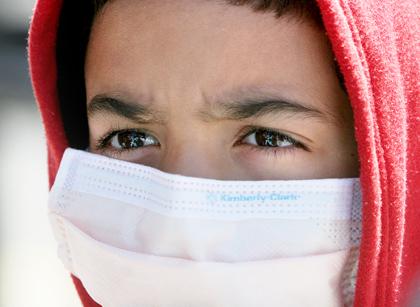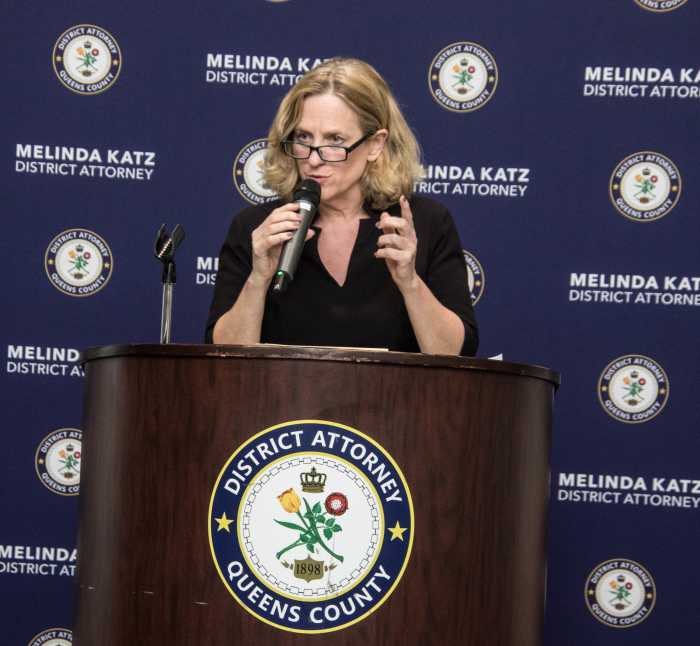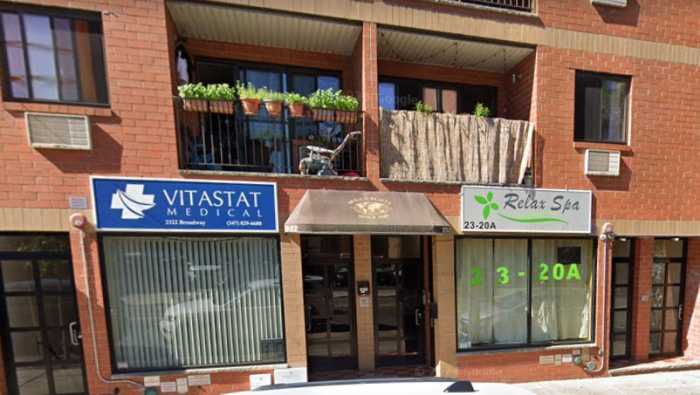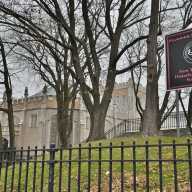By Stephen Stirling
The swine flu outbreak is intensifying pressure on Queens’ beleaguered health care system, and while the borough’s emergency rooms have been coping with huge patient increases following the closure of three major hospitals, administrators warn long−term reform must be implemented before it is too late.
“We’re really on the razor’s edge here, and it’s not comfortable,” said Medisys Health Network CEO David Rosen.
For the last several months, Queens’ hospitals have been forced to shoulder an extra load as they attempt to fill the void left by St. Johns Queens Hospital and Mary Immaculate Hospital, which were forced to close in February, and Parkway Hospital, which shut down in November.
Though resources were shifted boroughwide to handle the added burden, fears of a pandemic brought on by the growing number of swine flu cases in Queens have compounded the problem, clogging emergency rooms and running already−tired hospital staffs ragged.
“The ER is just inundated,” said Dario Centorcelli, a spokesman for Elmhurst Hospital. “A busy day for our Pediatric ER Department used to be 250 patients a day. Now we’re seeing 350 on a regular basis.”
On Monday Elmhurst Hospital treated a record 407 children and more than 800 patients in total.
Anxiety over the flu has closed more than a dozen schools in Queens during the last week, leading to similar situations in many borough emergency rooms as panicked parents bring their children to the hospital for treatment.
Jamaica Hospital and New York Hospital Queens reported more than 100 additional patients a day due to swine flu concerns over the weekend and Monday, while North Shore Long Island Jewish Hospital in New Hyde Park and Forest Hills Hospital each reported “significant spikes” in emergency room traffic. Queens Hospital Center in Jamaica, meanwhile, was forced to open a triage center specifically for suspected swine flu victims after it took in 396 patients on Monday — nearly 180 more than this time last year.
According to Terry Lynam of the North Shore Health Network, which operates Long Island Jewish Medical Center and Schneider’s Children’s Hospital in New Hyde Park and Forest Hills Hospital, the influx of people has done little more than increase wait times and overburden staff members, who in most cases will ultimately send the patients home.
“It all relates to the fear factor here,” Lynam said. “Hospitals are not the place to be if you don’t have to be. That’s why the message that we’re trying to get out is unless you have a very high fever or other serious symptom, the best place to be is at home.”
Medical facilities have been doing their best to keep up with the increased demand.
Geralyn Randazzo, executive director of Forest Hills Hospital, said her facility has been formulating plans to move its administrative offices off−site and has been working with local doctors to shift some of their out−patient services to other offices in the surrounding community — both of which would provide additional space for beds and emergency room uses.
Officials at New York Hospital Queens in Flushing said they are constantly evaluating emergency room efficiency and hope to begin using parts of an 80−bed addition by the end of the year. And at both Jamaica Hospital and Mount Sinai Hospital in Long Island City, portions of the buildings’ lobbies have been converted into additional emergency room space.
“We are learning to accommodate this,” said Rosen, whose Medisys Health Network manages Flushing Hospital and Jamaica Hospital. “We’re in the process of adding beds, and that may give us the opportunity to accelerate flow through the ER.”
Paola Miceli, director of health, human services and senior services for Borough President Helen Marshall, said the flu outbreak underscores the need for major improvements and additions to the Queens hospital system. She said Marshall’s office has been in close contact with hospital administrators from around the borough and has been “in awe” over the work being done.
“They have all been doing an incredible job, but we’re all human and eventually it starts to have an effect. Two of our hospitals talked to us about the high volume of staff call−outs just because they’re burnt out,” Miceli said. “Normally there would be peaks and flows in patients during the course of the year, but what they’re finding is that they’re not coming back down and reaching equilibrium — it’s just staying high. Then you add something like swine flu to this and it just creates chaos.”
According to New York Hospital Queens Chief Medical Officer Stephen Rimar, the problems extend beyond crowded emergency rooms.
“We know how many more patients have come here, but what we don’t know is how many patients are not coming here because of the closures,” Rimar said. “You’ll find that out when all of a sudden they get very sick. So you start to have patients coming into the hospital who are much sicker, and we don’t have plans nor do we have funds to build additional critical care beds, and that’s a problem.”
The strain on the system has extended to ambulance services as well. FDNY EMS Deputy Chief Robert Browne told the Queens Borough Board last month that while all the ambulance tours covered by St. Johns and Mary Immaculate have been picked up, turnaround times for ambulances have increased across the borough and by as much as two minutes 45 seconds at Jamaica Hospital.
“It takes them longer to get back into the zone that they’re supposed to be in,” Miceli said. And because of the overcrowding, you can’t release the patient in the same kind of timely way.”
Rosen said the elephant in the room is the insurance industry where hospitals are “abused in a system that has no oversight.” He said that in the absence of sweeping changes by the federal government as to how insurance is issued and how health care providers are reimbursed, more hospitals could go the way of St. Johns and Mary Immaculate.
“Frankly we’re looking at the economics of all this. Some of the difficulties that affected Mary Immaculate are simply going to be transferred over to us,” he said. “This is not like the accidental closing of a hospital because it got flooded or hit by a hurricane. There is a decompensation in the health delivery system in this region. At the same time the economy is creating a greater demand on the health care system. The message from the government has been you’re on your own. But there’s really nowhere to go.”
Reach reporter Stephen Stirling by e−mail at sstirling@cnglocal.com or by phone at 718−229−0300, Ext. 138.



































